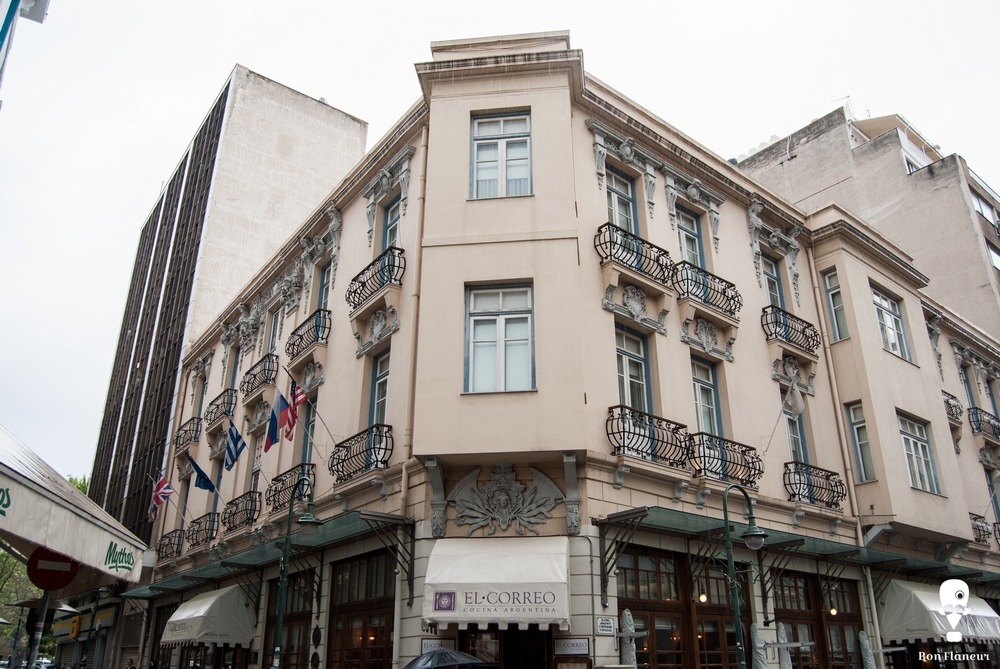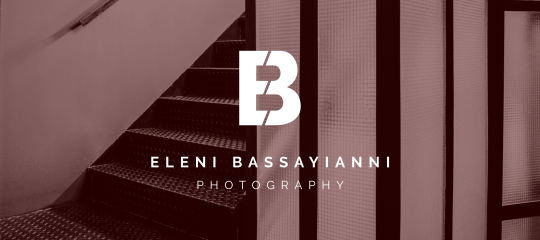Bristol Hotel
Bristol is a historical hotel of eclectic architecture.
Location
Timeline
Modern and Contemporary era (1912 - )
1921 It was bought by Iosif Sanitoudis and rented by the Trombakas family, who turned it into a hotel.
1983 Listed.
1997 Designated as a piece of art.
Ottoman era (1453- 1912)
Built in the 19th century.



Share